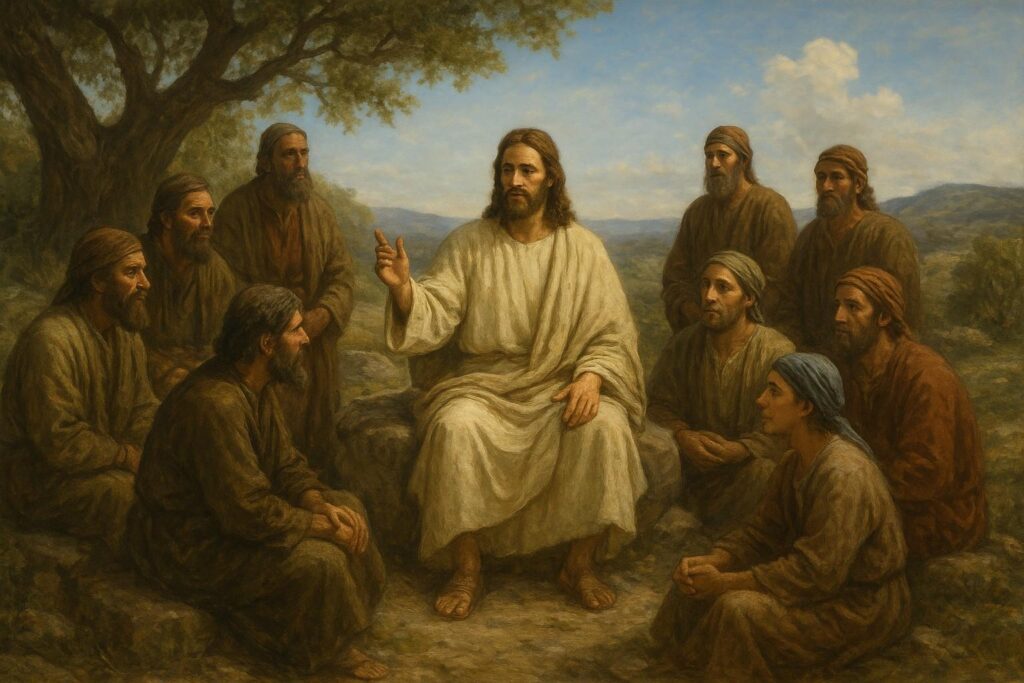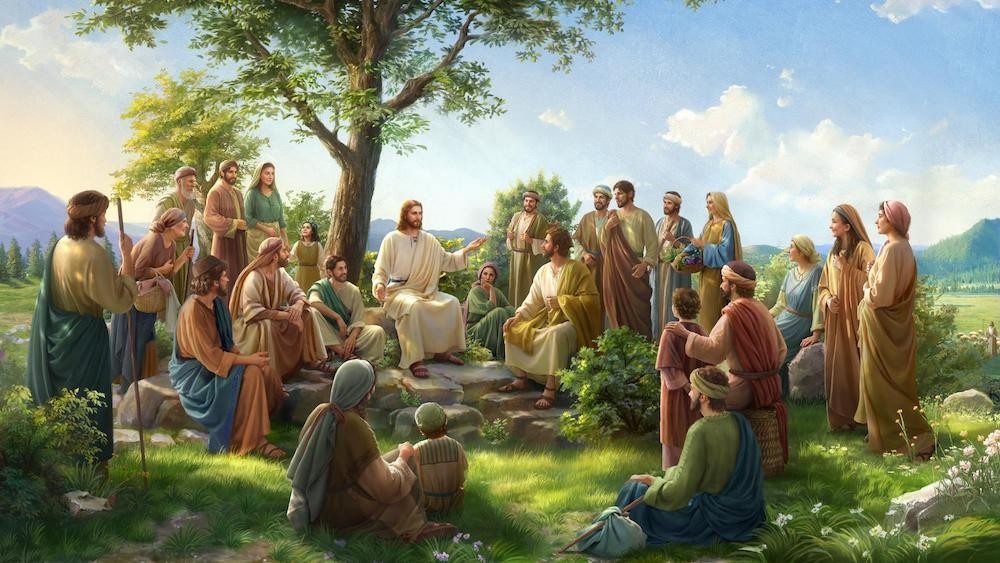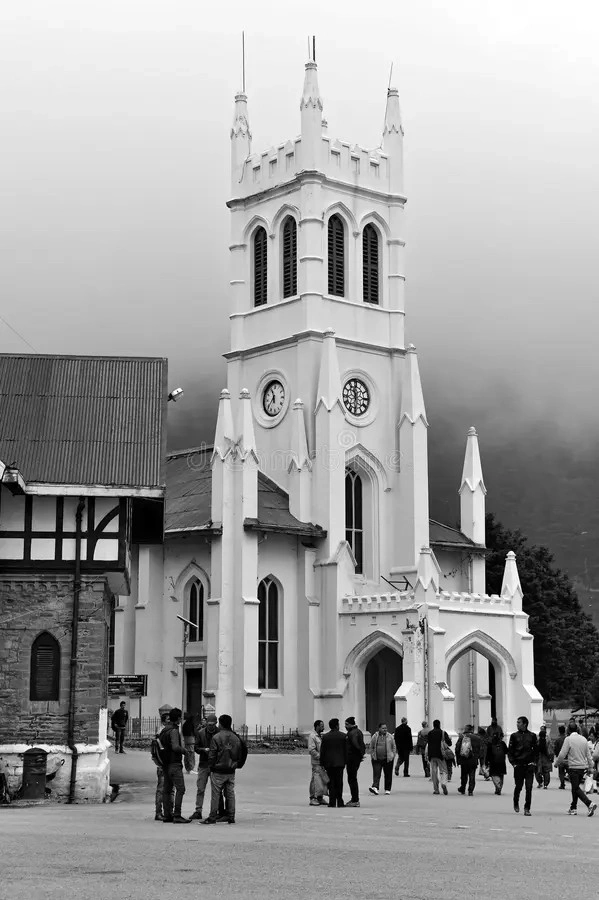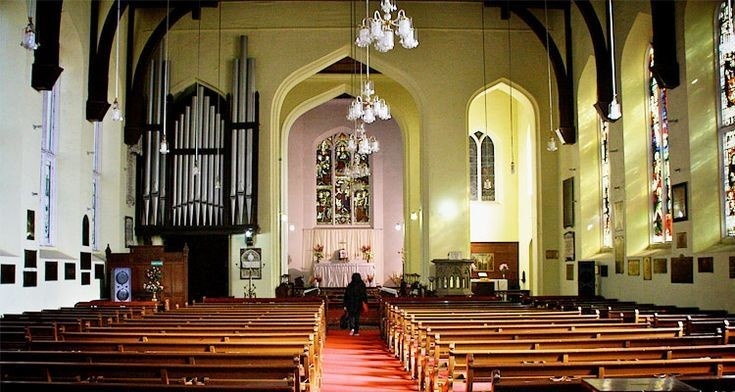Introduction
The Christian Church is one of the most influential institutions in human history. With over 2.4 billion adherents worldwide, Christianity is the world’s largest religion, spanning continents, cultures, and languages. For more than two millennia, the church has shaped societies, built communities, and carried forward a message of faith, hope, and love.
But what exactly is the “Christian Church”? Is it a single organization, or a broad spiritual family with diverse expressions? To understand its role in the modern world, we need to explore its origins, history, core beliefs, denominations, and influence in society today.
In this guide, we’ll trace the story of the Christian Church from its beginnings in the first century to its global presence in the digital age, while also examining its challenges and future direction.
The truth is, the Christian Church is not one single organization, but a living, global community of faith rooted in the life and teachings of Jesus Christ. Its history is complex, its beliefs diverse, and its influence both celebrated and controversial.
In this in-depth guide, we’ll explore:
- The origins of the Christian Church in first-century Judea.
- Its development through history — from the Roman Empire to the modern world.
- The core beliefs and practices that unite Christians across denominations.
- The wide variety of Christian traditions, from Catholicism to Pentecostalism.
- The role of the church in society, including education, charity, and politics.
- The challenges and opportunities facing Christianity in the 21st century.
By the end, you’ll see how the Christian Church remains a powerful force — not just as a religious institution, but as a cultural and moral voice in a rapidly changing world.
Origins of the Christian Church
Roots in Judaism

Christianity did not appear in a vacuum. It was born in the cultural and religious context of first-century Judaism. The Jewish people believed in one God (monotheism) and awaited a Messiah who would deliver them.
The Hebrew Scriptures (Old Testament) laid the foundation for Christian thought, including teachings on creation, covenant, law, and prophecy. Early Christians saw Jesus as the fulfillment of those prophecies.
Life and Teachings of Jesus Christ

At the heart of Christianity stands Jesus of Nazareth, whose teachings and actions inspired a new religious movement. Jesus preached about the Kingdom of God, emphasized love of God and neighbor, healed the sick, and challenged corrupt systems of power.
His crucifixion under Roman authority seemed to end his mission, but his followers believed he rose from the dead — a conviction that transformed a small Jewish sect into a global movement.
Jesus taught about the Kingdom of God, calling people to repentance, forgiveness, and love. He challenged religious leaders who focused on rigid rules, instead emphasizing mercy and justice. He performed miracles, healed the sick, and welcomed the marginalized — women, tax collectors, lepers, and foreigners.
His message was radical:
- “Love your enemies.”
- “The last shall be first, and the first shall be last.”
- “Blessed are the poor in spirit.”
Ultimately, Jesus was crucified under the Roman governor Pontius Pilate, accused of claiming kingship. For most movements, this would have been the end. But his followers proclaimed that he had risen from the dead — a belief that became the heart of Christian faith.
The Apostolic Age & Early Communities

After Jesus’ resurrection, his apostles began spreading the message throughout the Roman Empire. The book of Acts of the Apostles records how communities of believers formed in cities like Jerusalem, Antioch, Corinth, and Rome.
These early Christians met in homes, broke bread together, and lived in tight-knit fellowship. Despite persecution, the church grew rapidly, offering hope and belonging in a world marked by inequality and suffering.
Paul’s missionary journeys, recorded in the New Testament letters, expanded Christianity beyond Judaism, welcoming Gentiles (non-Jews) into the faith. By the end of the first century, the Christian Church was present across the Mediterranean world.
Growth and Development Through History
The Church in the Roman Empire

By the fourth century, Christianity had spread widely. In 313 CE, Emperor Constantine issued the Edict of Milan, granting Christians legal freedom to worship. Soon, Christianity transitioned from a persecuted minority to the official religion of the Roman Empire.
This shift brought both opportunities and challenges: while the church gained influence, it also became entangled with political power.
Councils and Creeds
To preserve unity, church leaders gathered in councils to define core beliefs. The Council of Nicaea (325 CE) produced the Nicene Creed, affirming Jesus’ divinity. Later councils clarified doctrines about the Trinity and the nature of Christ.
These creeds remain foundational to most Christian traditions today.
The Great Schism
In 1054 CE, Christianity split into two major branches: the Eastern Orthodox Church (centered in Constantinople) and the Roman Catholic Church (centered in Rome). This division, known as the Great Schism, stemmed from theological disagreements and cultural differences between East and West.
The Protestant Reformation
In the 16th century, reformers like Martin Luther, John Calvin, and Huldrych Zwingli challenged Catholic teachings and practices. They emphasized salvation by faith alone, the authority of Scripture, and the priesthood of all believers.
This sparked the Protestant Reformation, giving rise to denominations such as Lutheranism, Calvinism, Anglicanism, and later Baptist and Methodist traditions.
Global Expansion
From the 15th century onward, Christian missionaries carried the faith worldwide. The church played a major role in education, healthcare, and cultural exchange, though its history is also intertwined with colonialism.
Today, Christianity thrives especially in Africa, Asia, and Latin America, where vibrant communities are growing faster than in Europe or North America.
Core Beliefs of the Christian Church
The Trinity
Most Christian traditions affirm belief in the Trinity — one God in three persons: Father, Son, and Holy Spirit. This doctrine highlights God’s unity and diversity in relationship.
Salvation and Grace
A central Christian teaching is that salvation comes by grace through faith in Jesus Christ. Believers hold that Jesus’ death and resurrection provide forgiveness of sins and reconciliation with God.
The Bible as Scripture

The Bible (Old and New Testaments) is regarded as sacred Scripture. While interpretations differ among denominations, Christians agree it is foundational for faith and practice.
Sacraments and Worship
The church celebrates sacred rituals, often called sacraments:
- Baptism (initiation into the faith)
- Eucharist/Lord’s Supper (commemorating Jesus’ Last Supper)
Other traditions include confirmation, marriage, confession, and ordination. Worship typically includes prayer, Scripture reading, music, and teaching.
The Church as Community
Beyond theology, the church functions as a spiritual family, supporting members in their faith journeys and serving society through charity, education, and advocacy.
Denominations of the Christian Church
Roman Catholic Church
- Largest Christian body (1.3+ billion members).
- Led by the Pope in Rome.
- Strong emphasis on tradition, sacraments, and church authority.
Eastern Orthodox Church
- Includes Greek, Russian, and other national churches.
- Known for beautiful liturgy, icons, and continuity with early church traditions.
Protestantism
- Wide range of denominations (Lutherans, Presbyterians, Methodists, Baptists).
- Stresses Scripture, personal faith, and preaching.
Pentecostal and Charismatic Movements
- Emphasize the Holy Spirit, spiritual gifts, and expressive worship.
- Among the fastest-growing Christian movements globally.
Non-Denominational Churches
- Independent congregations not tied to a formal denomination.
- Often emphasize contemporary worship, Bible teaching, and community outreach.
Christian Church in Modern Society

Role in Education and Healthcare
The church has historically founded schools, universities, and hospitals. Institutions like Harvard, Oxford, and Notre Dame began as Christian centers of learning. Mission hospitals continue to serve remote areas worldwide.
Social Justice and Humanitarian Aid
Christian organizations like World Vision, Caritas Internationalis, and the Salvation Army provide disaster relief, poverty alleviation, and advocacy for marginalized communities.
Political Influence
From shaping Western democracy to engaging in civil rights movements, the church has played a significant political role. Leaders like Desmond Tutu and Martin Luther King Jr. rooted their activism in Christian faith.
Challenges
The church today faces major challenges:
- Secularism and declining attendance in the West.
- Scandals involving abuse and corruption.
- Cultural polarization around social issues.
Global Christianity Today
Christianity in the Global South
Christianity is booming in Africa, Asia, and Latin America. For example:
- Africa is projected to have nearly 1.2 billion Christians by 2050.
- In China, the underground church movement is thriving despite restrictions.
Christianity in Europe and North America
While church attendance is declining, Christianity continues to shape cultural identity. In the U.S., about 63% identify as Christian, though fewer attend weekly services.
Digital Transformation
The COVID-19 pandemic accelerated the rise of online worship, livestreamed sermons, and virtual communities. Many churches now integrate digital platforms for outreach and discipleship.
The Future of the Christian Church
Emerging Trends in Worship
- Contemporary music and creative expressions.
- Small group discipleship models.
- Hybrid (online + offline) congregations.
Interfaith Dialogue
In a pluralistic world, the church increasingly engages with Islam, Judaism, Hinduism, and other faiths to promote peace and cooperation.
Christianity and Technology
From Bible apps to AI-powered sermons, technology is transforming how people engage with faith. Some churches even experiment with VR worship spaces.
Youth Engagement and Revivals
Many churches are focusing on youth and young adults through camps, music festivals, and social media outreach. In some regions, new waves of revival are reshaping communities.
Conclusion
The Christian Church is far more than a building or institution — it is a living movement spanning centuries, cultures, and traditions. From its origins in a small corner of the Roman Empire to its global presence today, the church has profoundly shaped human history.
Though it faces challenges of secularism, cultural shifts, and internal struggles, the Christian Church remains a force for faith, hope, and love, continuing to influence societies and inspire billions worldwide.













